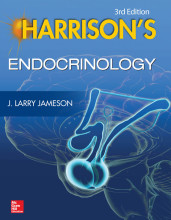Summary: Molecular Cell Biology
- This + 400k other summaries
- A unique study and practice tool
- Never study anything twice again
- Get the grades you hope for
- 100% sure, 100% understanding
Read the summary and the most important questions on Molecular Cell Biology
-
Introduction
This is a preview. There are 17 more flashcards available for chapter 05/02/2018
Show more cards here -
In FOP, is there more or less bone?
More -
In what type of cells does FOP start?
In the ligamental tissue. -
What is the usual cause of death in FOP?
Pneumonia, as the ribs become less and less compliant to movement. -
What is a birth sign of FOP?
A shortenend Big Toe -
Are DNA and RNA postively or negatively charged? and how come?
Negatively charged, not all oxygen in the phosphate group is bound optimally. Some have only a single bond, leading to a net negative charge on the molecule. -
To which end is DNA duplicated?
3 to 5 -
How come the human DNA so well packed?
Great use of space at many levels- DNA is double-stranded in a helixform
- The helix is wound around 'beads' of histones
- The helix + histones (nucleosome) is packed as a fiber called chromatine
- Chromatine is then folded in many many loops to form a chromatide.
- DNA is double-stranded in a helixform
-
How is the fundamental level of chromatin packing called?
nucleosome (DNA helix + histones) -
Can you transcribe condensed DNA?
No -
What is the difference between euchromatin and heterochromatin?
- euchromatin is not tightly bound and therefore transcrible. Heterochromatin is tightly bound and therefore not transcrible.
- Higher grades + faster learning
- Never study anything twice
- 100% sure, 100% understanding
































